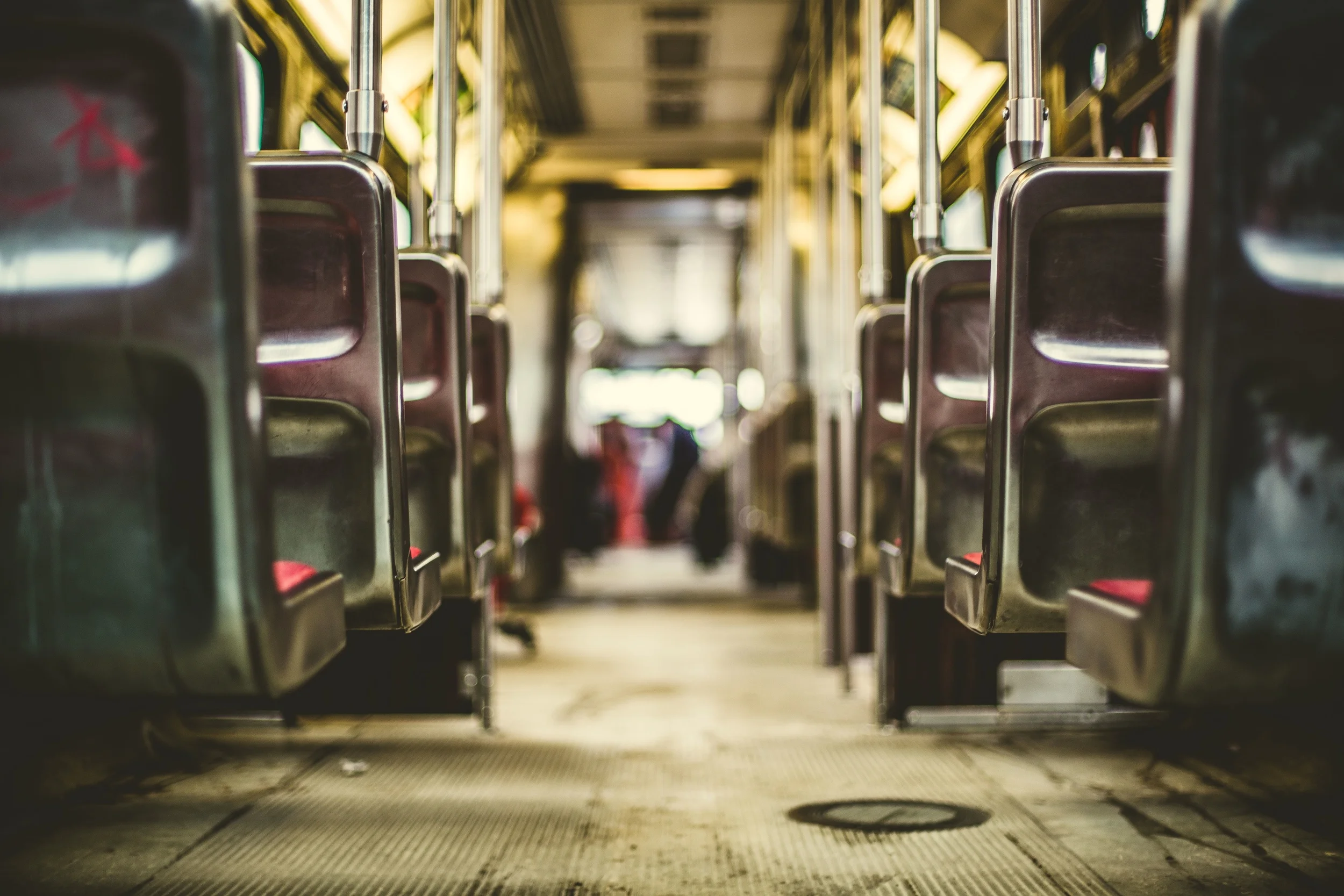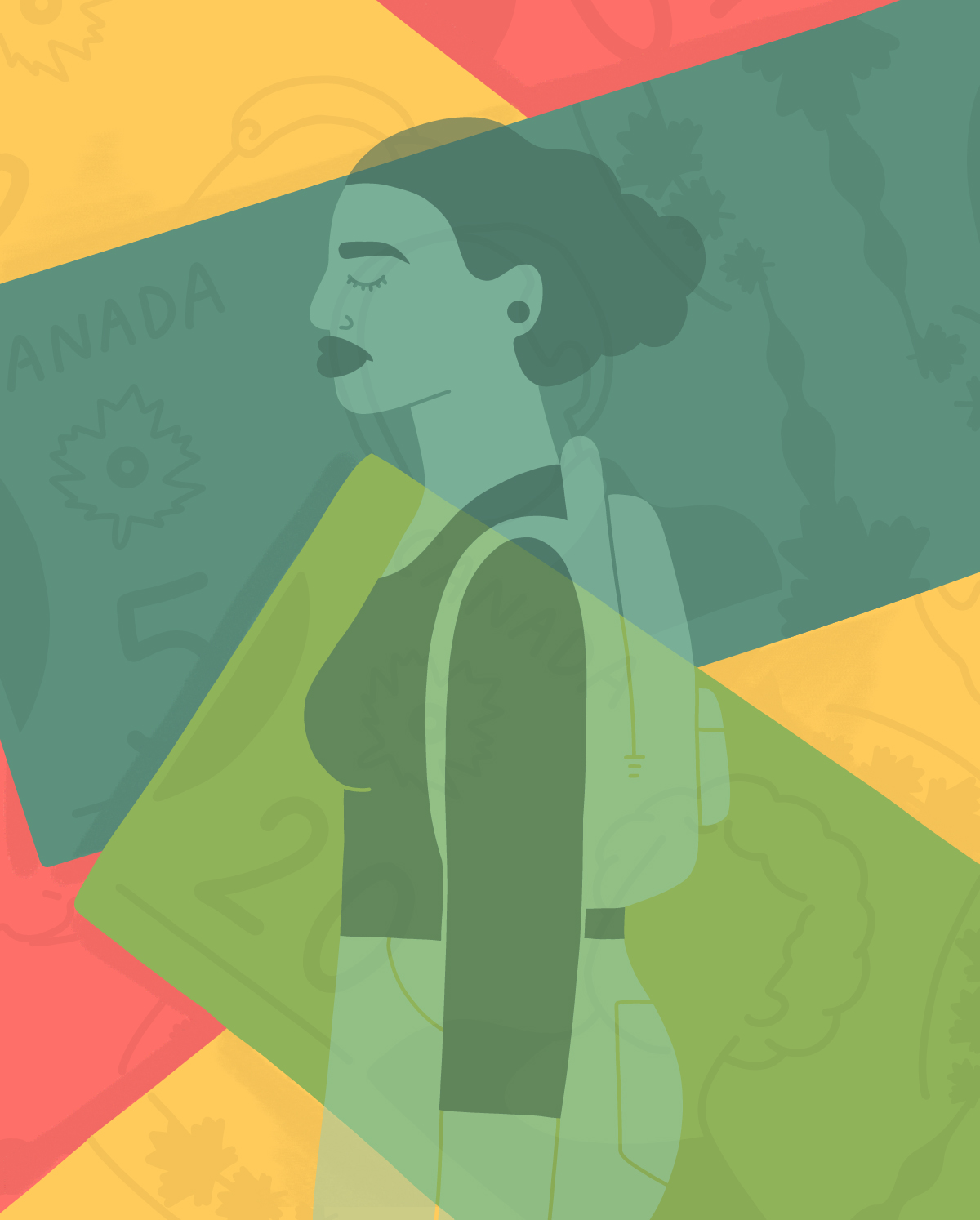What is a Multicultural Bar?
/by Navneet Alang and Anshuman Idamsetty
Nav: This past summer, I lost a silly bet with my Dad, the details of which are far less important than what was wagered: the loser had to buy the other beer. Strangely though, my Dad has yet to collect on his debt.
Maybe my father is just lazy. Okay, fine, my father is just lazy. But I do wonder if I could entice my old man out more easily were there a bar where we, two South Asian dudes, might feel a bit more 'at home'.
It got me to thinking: do we need "multicultural" or "ethnic" bars? What would one even look like? Intrigued, I consulted Ethnic Aisle collaborator and friend Anshuman Iddamsetty, and we were soon sitting down in a Bloorcourt pub trying to figure it out. What we came up with were five aspects of a bar we'd need to address: drinks, food, music, seating and decor. As it turned out, though, the more we thought about it, the more complicated things became. Here’s what we visualized:
DRINK: When it comes to booze, familiarity is important. That means any multicultural bar would have to be unusually well-stocked, keeping not only the usual local and popular brews, but among others, Tsingtao, Kingfisher, and Red Stripe. For liquor, you’d need to get more adventurous: next to scotch and gin, you'd need palm wine, Borovička, and arrack in addition to ouzo and grappa—though there is that pesky problem of sourcing these things from both the LCBO and beyond. Whether you wanted to get fancy and experiment with cocktails containing five-spice or coriander, would probably depend on how up- or downmarket you (or your clientèle) wanted to go.
Could it be done? Clearly, an exhaustive list would be impossible, but a decent array of booze from Toronto’s major ethnic groups might be plausible.
FOOD: Bar food at its best is comfort food. The trick for any mutliculti bar would be to cater to the many different forms in this city: pork buns and dumplings, samosas and pakoras, doubles and channa, izakaya/pojangmacha small plates, and more. Of course, any truly multi-culti bar would also have to dip into fusion too, whether it's the kimchi grilled cheese or the jerk chicken quesadilla.
Could it be done? Food is the form of diversity Torontonians are most familiar with. With a short list of staples and a rotating menu, this one is totally doable.
MUSIC: Outside of spots devoted to trap or gee-tar, bar music is sort of predictable – you often know the words before you even know the song. There’s your chipped tea cup folk, your CBC-approved Canrock, and if the staff wants to wild out, a Polaris nominee sneaks by. What would a multi-culti bar sound like? Imagine a playlist of constant discovery; K-Pop rubbing shoulders with South African kwaito; Brazillian psych-rock dogging Heems’ “Soup Boys.” Where lyrics and melodies are remembered because they’re unlike anything you’ve ever heard before and omg Shazam why aren’t you working?!
Could it be done? There is this wondrous thing called internet. So yes.
SEATING: This is maybe the thing we’re most familiar when it comes to drinking and diversity. The European beer-hall table can be found at places like Wvrst or Hrvati Bar, and can encourage interaction. But small tables are more popular for a reason: we Torontonians can be a private bunch. The ideal multi-culti bar would likely have a mix of both: either a central area with large communal tables, with smaller ones as satellites all around; or separate areas of the bar: private tables inside, and communal ones under a covered patio, a la Lahore Tikka House.
Could it be done: Seating = personal space, social conventions etc. Yikes! Getting this right might be possible, but would take a very un-Toronto vibe of collaboration and chilling out.
DECOR: Toronto bars tend to oscillate between two aesthetic poles: the [INSERT ANIMAL] & Firkins – traditional, lacquered, My Guinness! – and the bespoke ale houses of the instagram set, all Brannan and filament bulbs. Curiously, both styles attempt the same trick: the sensation of some mythical Proper Space To Get Plastered. But this is why multi-culti decor has to tread carefully, because at what point do the trappings of, say, a Persian bar, become caricature? And how would first generation immigrants respond to such a space compared to the second or third? Is the ideal multi-culti bar the absence of all ethnic signifiers, or something more gonzo? We were reminded of one Ethiopian social club in Bloorcourt. Its window display is populated by exactly two things: a bike... and a plaque-mounted poster of The Fellowship of the Rings. Outside, men trade insults in their own language. This stumped us.
Could it be done? Perhaps the hardest of all, if not totally impossible?
It's funny, but thinking about bars brought us around to the basic questions of Canadian multiculturalism: of whether the goal is a single national culture, or a collection of many; and whether inclusion means changing something mainstream, or creating something new. It turned out to be a question much too big for the two of us to answer. So we turn it over to you: would multicultural bars be a good thing? And if so, what would they be like?
UPDATE:
Some more thoughts on 'diverse drinking'...
When we sat down to think about a multicultural bar for the Ethnic Aisle's Booze Issue, we had one question in mind: how might you create a bar that includes and represents Toronto's many cultures?
After getting some reaction to the post, however, it seems like we missed another really important question: would it even be a good idea? Because now we're not so sure, and here's why
- For example, Pete Evans suggested on Twitter that you can't really plan these things. What'd actually be preferable would simply be to let the market sort it out; if people want a "Chinese bar" or what-have-you, they'd either start or patronize one. It's a good point, but it's a also wise to keep in mind that market-based approaches to diversity - like in housing - have downsides, too.
- Others, like Ethnic Aisle contributor Mike Warren, said that things like music are often a "great divider". A "fusion" playlist might end up pleasing a tiny fraction of people, and alienating everyone else - and that'd probably extend to decor, seating etc. too.
- In an awesome comment on the original post, "A Panlillo" exploded the whole idea of a multicultural drinking hole. We highly recommend you read the whole thing, but she questioned she questioned the very premise, arguing "How can the execution of this bar not resemble tokenism on drugs?". It makes sense: If someone wanted a bar where they felt at home, but what they instead got was fusion, wouldn't they simply be happier with a bar that catered to their idea of 'home' in the first place? The commenter had another very interesting, provocative idea, too: "The ideal clientele, then, the clientele this establishment will unconsciously be aiming at, and whose risk of being offended is least among the lot, comprises of those who are not racially marked: white people, in other words." Touche!
In light of these very smart and much-appreciated insights, some more thoughts and questions of our own:
- Would there be a difference between what first-, second- and third-gen, immigrants want in a bar? Many first generation immigrants have a habit of either adhering to the culture they're familiar with, or diving head-first into their new surroundings. So a bar that 'mixed things up' might be off-putting to first-gen immigrants for very good reasons: it might be either 'too Canadian' or not nearly Canadian enough.
- What about second- and third-generation immigrants, the people born and raised in Canada and multiple cultures? For tonnes of us, fusion is just an ordinary, everyday part of life, so an establishment that reflected that - like say the very hip Banh Mi Boys, which was started by the sons and daughters of first-gen Vietnamese immigrants - still feels worthwhile. The problem is the "diversity balancing act": how do you keep it honest to things people know, while making it welcoming for all?
- Maybe the solution is an idea that didn't fit in our original post: that instead of 'A Multicultural Bar', what we need is a multicultural bar/coffee shop scene. Rather than trying to mix everything into one, perhaps the point is to mimic the way restaurants work where an establishment unapologetically just does its own "ethnic" thing and hopes people show up.
- Here's the basic point: we think that bars are a central part of the social fabric of any city. Toronto, especially in the past few years, has a bunch of great ones. Would our bar scene perhaps be even better if they didn't all aim at being 'Canadian' in a really obvious way, and instead branched out to actually represent the lived experience of Toronto's inhabitants?









